
In the intricate and multifaceted world of metal Smelting, Borax, chemically known as sodium tetraborate decahydrate, emerges as a crucial and versatile substance. Its unique chemical and physical properties endow it with several indispensable functions that significantly contribute to the efficiency, quality, and success of metal smelting processes.
Flux Action: Purifying and Facilitating Melting
One of the primary roles of borax in metal smelting is acting as a flux. In the smelting process, ores and metal scraps often contain various impurities such as silica, oxides, and other non - metallic substances. These impurities can increase the melting point of the metal mixture, reduce the fluidity of the melt, and ultimately affect the quality of the final metal product.
Borax, when added to the smelting charge, reacts with these impurities at high temperatures. For example, it reacts with silica, one of the most common impurities in metal ores. The chemical reaction between borax and silica forms a borosilicate slag, which has a lower melting point than the metal being smelted and the original impurities. This slag floats to the surface of the molten metal, making it easy to separate from the metal by skimming. By removing these impurities, borax helps to purify the metal, improving its mechanical properties, such as strength, ductility, and conductivity.
Moreover, as a flux, borax also reduces the overall melting point of the smelting mixture. This not only saves energy by requiring less heat to melt the metals and their associated materials but also allows for more efficient melting processes. Lower melting temperatures can also prevent the formation of unwanted compounds or the degradation of the metal's properties due to excessive heat exposure.
Deoxidation: Protecting Metal Integrity
During metal smelting, metals are often exposed to oxygen in the furnace atmosphere, leading to the formation of metal oxides on their surfaces. These oxides can cause defects in the final metal product, such as brittleness and reduced corrosion resistance. Borax plays a vital role in deoxidation.
Borax can react with metal oxides present on the surface of the molten metal. It reduces these metal oxides back to their metallic state, thereby protecting the integrity of the metal. For instance, in the smelting of copper, borax can react with copper oxide formed during the process. Through a series of chemical reactions, it converts the copper oxide back to pure copper, preventing the loss of valuable metal and ensuring a higher - quality end product.
Mold Coating and Release Agent: Enhancing Casting Quality
In metal casting processes, which are an important part of metal production, borax can be used as a mold coating and release agent. When applied to the surface of the mold, borax forms a thin, protective layer. This layer helps to prevent the molten metal from adhering to the mold surface, facilitating easy release of the cast metal part once it has solidified.
In addition, the borax coating on the mold can also act as a thermal insulator to some extent. It helps to regulate the cooling rate of the molten metal in the mold, which is crucial for achieving a uniform microstructure in the cast metal. A more uniform microstructure leads to better mechanical properties of the final product, such as improved strength and dimensional stability.
Alloying and Modifying Properties
Borax can also contribute to the alloying process in metal smelting. Although borax itself is not typically considered a traditional alloying element in the strict sense, it can introduce boron into the metal matrix during smelting. Boron addition to metals can have a significant impact on their properties.
For example, in the production of certain steels, the addition of a small amount of boron, which is introduced through borax, can enhance the hardenability of the steel. This means that the steel can be more effectively heat - treated to achieve higher hardness and strength levels. Boron can also improve the wear resistance and fatigue resistance of metals, making them more suitable for applications in high - stress environments, such as in the automotive and aerospace industries.
Applications in Different Metal Smelting Processes
The use of borax in metal smelting is not limited to a particular type of metal. It is widely applied in the smelting of ferrous metals like iron and steel, as well as non - ferrous metals such as copper, aluminum, and brass.
In iron and steel production, borax helps to remove impurities from iron ore and scrap metal, improving the purity and quality of the final steel products. In the copper smelting industry, it plays a key role in deoxidation and impurity removal, ensuring the production of high - conductivity copper wires and other copper - based products. For aluminum smelting, borax can assist in purifying the molten aluminum by removing oxides and other contaminants, and it can also be used in the casting process to improve the surface finish of aluminum castings.
In conclusion, borax is an invaluable substance in metal smelting. Its functions as a flux, deoxidizer, mold coating and release agent, and its contribution to alloying and property modification make it an essential component in various metal - smelting operations. As the metal - working industry continues to evolve and demand higher - quality, more efficient production methods, the role of borax in metal smelting will likely remain crucial, and further research may uncover even more applications and benefits of this remarkable compound.
- Random Content
- Hot content
- Hot review content
- QUALITY MANAGEMENT SYSTEMCERTIFICATE
- Unlocking the Power of Mineral Processing Chemicals: Enhancing Efficiency and Sustainability
- Sodium Isopropyl Xanthate 90% SIPX
- Powdery emulsion explosive
- Calcium Peroxide 60% Assay Yellowish Tablet
- Cyanoacetic acid 99% Powder
- Barium carbonate 99% powder
- 1Discounted Sodium Cyanide (CAS: 143-33-9) for Mining - High Quality & Competitive Pricing
- 2China's New Regulations on Sodium Cyanide Exports and Guidance for International Buyers
- 3Sodium Cyanide 98% CAS 143-33-9 gold dressing agent Essential for Mining and Chemical Industries
- 4International Cyanide(Sodium cyanide) Management Code - Gold Mine Acceptance Standards
- 5China factory Sulfuric Acid 98%
- 6Anhydrous Oxalic acid 99.6% Industrial Grade
- 7Oxalic acid for mining 99.6%
- 1High Quality 99% Purity of Cyanuric chloride ISO 9001:2005 REACH Verified Producer
- 2Sodium Cyanide 98% CAS 143-33-9 gold dressing agent Essential for Mining and Chemical Industries
- 3 High-Quality Sodium Cyanide for Leaching
- 4Powdery emulsion explosive
- 5Industry Grade Electron grade 98% Sulfuric Acid H2SO4 Sulphuric Acid Battery Acid Industrial Sulfuric Acid
- 6Colloidal emulsion explosive
- 7sodium hydrosulfide 70% flakes used Mining Industry


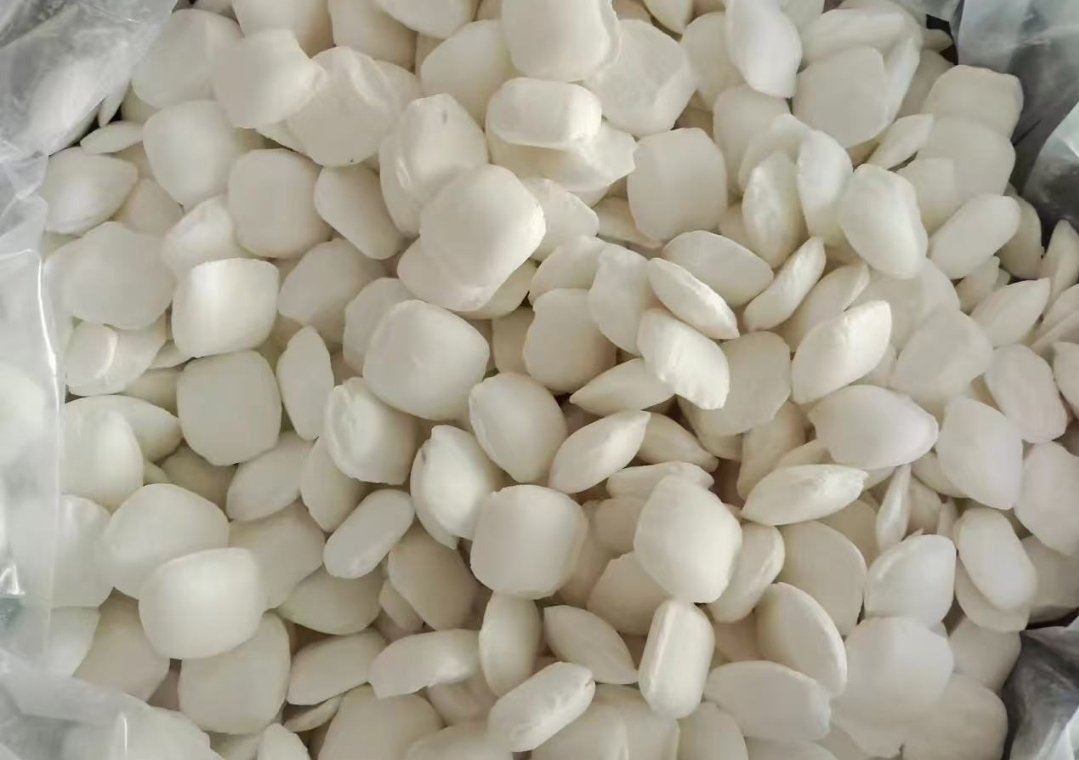
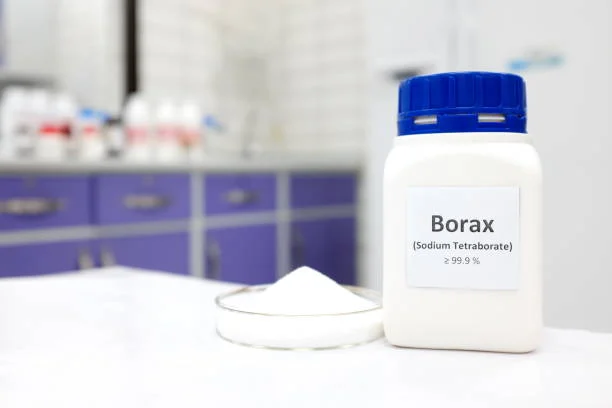
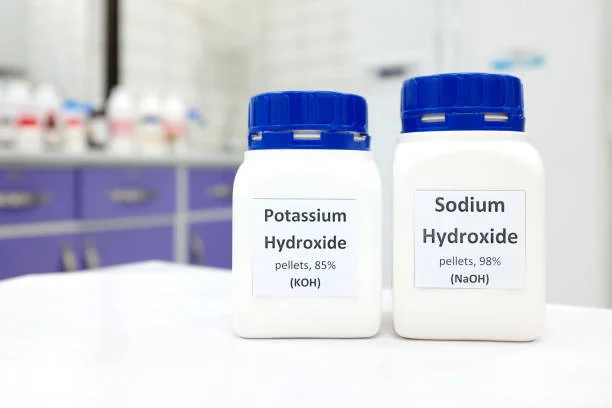
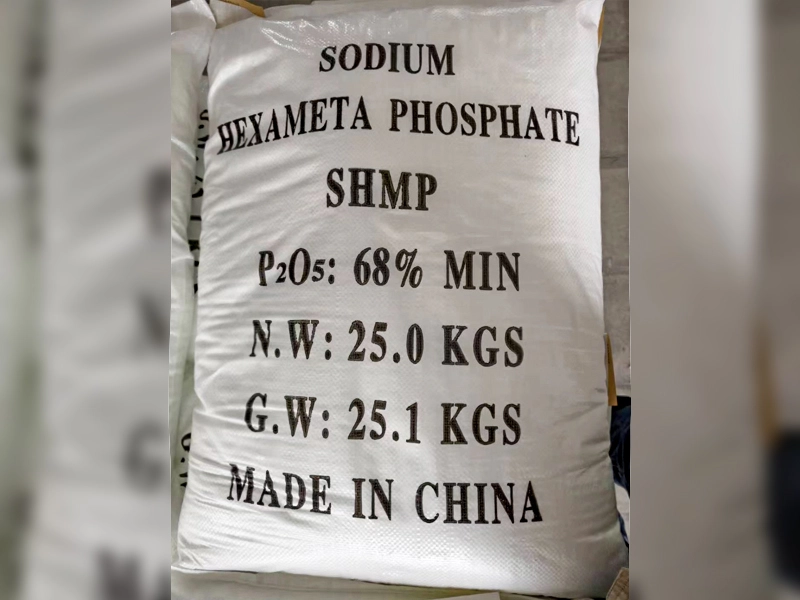
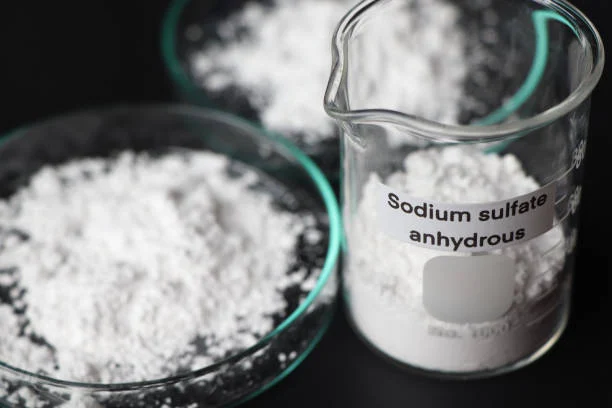

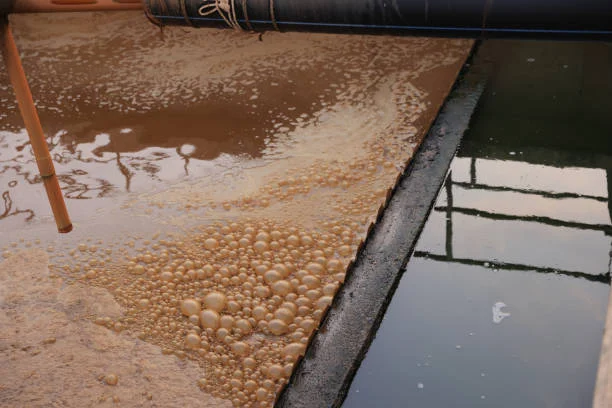



Online message consultation
Add comment: